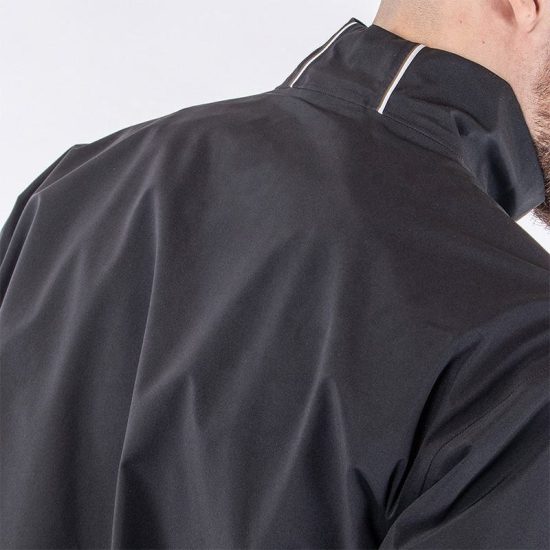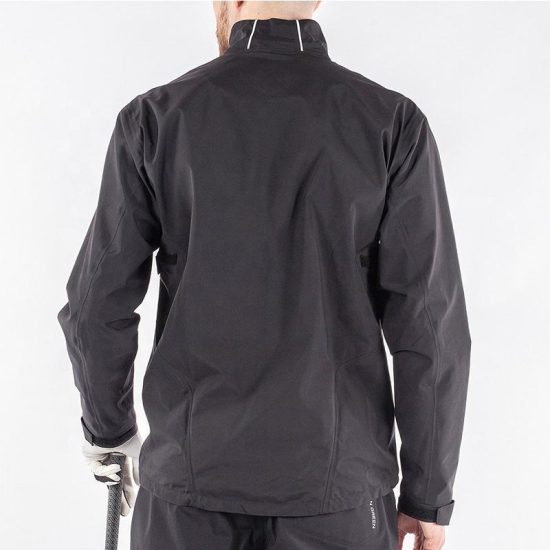The Culture and Era of Windbreaker
The windbreaker has become an iconic garment that is synonymous with a particular era and culture. The jacket’s history dates back to the 1960s, where it was first designed to meet the needs of athletes who required a lightweight, durable, and wind-resistant jacket. Over the years, the windbreaker has evolved into a fashionable and functional item that transcends its original purpose.
The 1980s and 1990s saw the windbreaker’s rise in popularity, becoming a staple of the streetwear and hip-hop culture. The jacket’s lightweight and durable design made it ideal for breakdancers and skaters, and the bright colors and bold designs made it a fashion statement. The windbreaker also became associated with the casual and athletic styles of the era, symbolizing the rise of the leisure culture.
The windbreaker’s popularity continued into the 2000s, with the jacket becoming a must-have item for outdoor enthusiasts and adventurers. The jacket’s versatility and functionality made it ideal for hiking, camping, and other outdoor activities. The windbreaker’s association with the outdoors and adventure culture has continued to this day, with the jacket being a common sight on hiking trails and camping trips.
In recent years, the windbreaker has experienced a resurgence in popularity, with designers and brands offering modern and updated versions of the classic jacket. The trend towards sustainable and eco-friendly fashion has also led to the development of windbreakers made from recycled and biodegradable materials.
Overall, the windbreaker’s cultural significance and association with different eras reflect its versatility, functionality, and timeless design. The jacket has become a symbol of youth culture, leisure, and adventure, making it an enduring and iconic garment.


